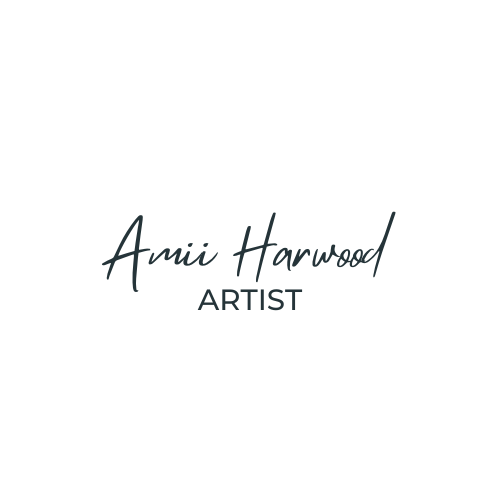Taking effective photos
For most commissions, I will work from one main photo - known as the reference photo - to create your portrait. While I will not replicate the photo, I’m a realism artist and I need enough information to capture the animal’s likeness :)
For pets, a good reference photo is one that represents your pet’s personality or, perhaps, evokes a wonderful memory. Below I share some tips for choosing a reference photo and speak to a professional photographer for some technical aspects to guide you through improving your pet photography.
Choosing an appropriate reference photo
How many photos of your pet do you have on your phone? It is likely that you have already captured the perfect shot for a portrait. While you’re welcome to send me a few photos, here’s an insight to what I’ll be looking for:
Lighting. Images that are too dark or overexposed make it harder for me to see details. Bright interior lighting can also alter how the colour of your pet’s fur appears. I’m looking for a photo that is well-lit, preferably in natural daylight.
Details. Your photos must be in focus. To produce a realistic artwork, I need to be able to see details, such as the eyes and fur direction.
Angle and pose. For a traditional portrait, eye- or nose-level photos work best. Nevertheless, an unusual angle or interesting expression might tie in with your pet’s personality, so pick a photo with an angle and pose that captures the features that you love.
There are some strong shadows here, but the far-away stare captures something special about Indigo (photo credit Amii Harwood)
Not sure that you have the photo? Feel free to send several photos from different angles.
If you’d like to improve your photography, read on…
Tips for taking better photos
I spoke to professional photographer, and all-round wonderful lady, Simone Sisterson for some tips on taking a good, natural photo that captures the essence of your pet:
“I usually take them for a good run around beforehand, so they are more relaxed and happy. Lighting is also the key to any good photo. Get down onto their level and check for the little catchlights in their eyes. This is where the sun or light reflects in their eyes. Have fun with it!”
Eye-level photo with a spark from the catchlights in the eyes. The focus on the face is a bit poorer here but the lighting colour and pose are lovely. (credit Simone Sisterson Photography)
You want to use a decent camera, but modern mobile phones are usually fine (just make sure the lens is clean if it’s been in your bag or pocket!).
To get a photo you really love, you need to:
Have patience. Animals have short attention spans and are easily distracted. Shouting commands or trying to move an animal into place is likely to ruin the possibility of a nice natural shot. Try and make time for daily play and have your phone or camera ready so that you can have an impromptu photoshoot if they are in the mood.
Get down to their level. Getting down and up close will make the shot a lot more personal. Eye-level shots make great reference photos for traditional portraits.
Get their attention. Use sound, movement and toys (or treats!) to grab your pet’s attention as you go to take your photo. While a dog may sit nicely and pose for the camera, a cat is likely to bore easily and wander off – so make sure you’re ready. Enlist the help of a friend or family member if you can.
Use soft, natural light. Avoid dark settings or artificial light, if possible. Direct sunlight can also cast harsh shadows and make your pet uncomfortable. If you’re able to take a photo outside, avoid the midday sun or use trees to filter the light. If you’re taking photos indoors, stay close to a good source of natural light such as a large window.
If you have a smart phone, Simone suggests that you can also some of the inbuilt features for capturing moving images and still photos:
“If you want an action shot, keep your iPhone on Live mode, whereas, Portrait mode can also take a gorgeous shot with a blurry (bokeh affect) background, making your pet stand out.”
Android users can also find comparable apps, such as Motion Photo.
Note: while these smart phone modes can capture some great memories, they are less suitable as reference photos for a pet portrait as you want the largest amount of your pet in focus.
Get in touch
If you are interested in commissioning a pet portrait, please contact me through my website. I’m very happy to look at photos of your pet and give a custom quote.
Amii Harwood is a coloured pencil artist working from Norwich, UK, with clients worldwide (and is a servant to two gorgeous British Shorthair cats).
Simone Sisterson is professional photographer based in Norfolk UK, with her own fur baby, and specialises in personal branding. You can reach Simone here.


